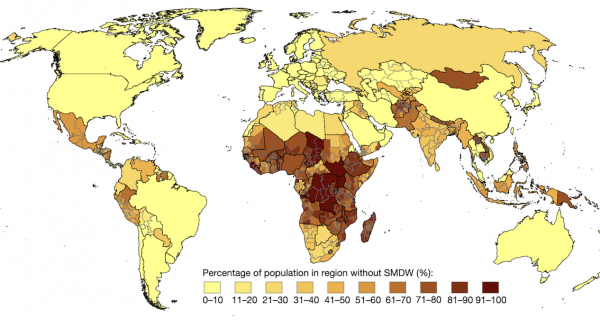Utilizing ChatGPT in Academic Publishing: A Useful Guide for Journal Editors

As the wave of technological advancements continues to surge through various industries, the academic publishing sphere is not left behind. One fascinating development that’s starting to make its presence known is the use of artificial intelligence (AI). More specifically, AI language models like ChatGPT are proving themselves to be valuable allies for journal editors.
In this post, we will explore the myriad ways that ChatGPT can assist journal editors in streamlining their operations and thus increase their efficiency.
1. Manuscript Screening
In the initial stage of the publishing process, AI can be instrumental in screening manuscripts. With the capability to scan through voluminous content quickly, ChatGPT can identify inconsistencies, poor structure, or potential plagiarism, thus easing the load for editors. However, human discernment is still paramount in assessing the suitability and quality of a manuscript for a specific journal.
2. Review Assistance
Organizing and filtering through reviewer feedback can be a tedious task. Here, ChatGPT can shine by summarizing feedback effectively and helping to draft a professional and comprehensive response to authors. For example, ChatGPT can flag key areas that require attention, enabling editors to focus on the points that truly matter.
3. Email and Correspondence
ChatGPT can help manage the high volume of emails and other correspondence that journal editors often have to handle. By automating responses to standard inquiries and providing suggestions for other responses, it frees up editors to concentrate on more critical communication.
4. Editing and Proofreading
While not a substitute for human editors, ChatGPT can provide a valuable first pass at editing and proofreading, pointing out grammatical errors, poor sentence structure, or areas that could benefit from clarification. It acts as an additional pair of eyes that ensures content is as polished as it can be before being sent for professional editing.
5. Content Generation
When it comes to generating content for a journal’s blog or newsletter, ChatGPT can be an efficient and reliable tool. ChatGPT can create engaging posts on a variety of topics, including publishing trends, best practices for submissions, or updates in specific fields of research.
6. Data Analysis
Data-driven decision-making is vital in the world of academic publishing. ChatGPT can analyze submission and acceptance data to identify trends. This insight can inform the strategy of a journal, allowing editors to identify popular topics, submission rates, acceptance rates, and authorship trends.
7. Recruitment of Peer Reviewers
Last but not least, ChatGPT can assist with the recruitment of peer reviewers. It can help draft professional and inviting emails to potential reviewers, ensuring a smooth and efficient recruitment process.
In conclusion, while ChatGPT is not a replacement for human judgment and expertise, it can serve as a powerful tool to support journal editors in their work. The blend of AI technology and human intellect promises an exciting future for academic publishing, as we continue to innovate and evolve in our pursuit of knowledge dissemination.
If you’d like to learn more about how ChatGPT can improve your workflow as a journal editor, feel free to book a meeting with our team here.











































